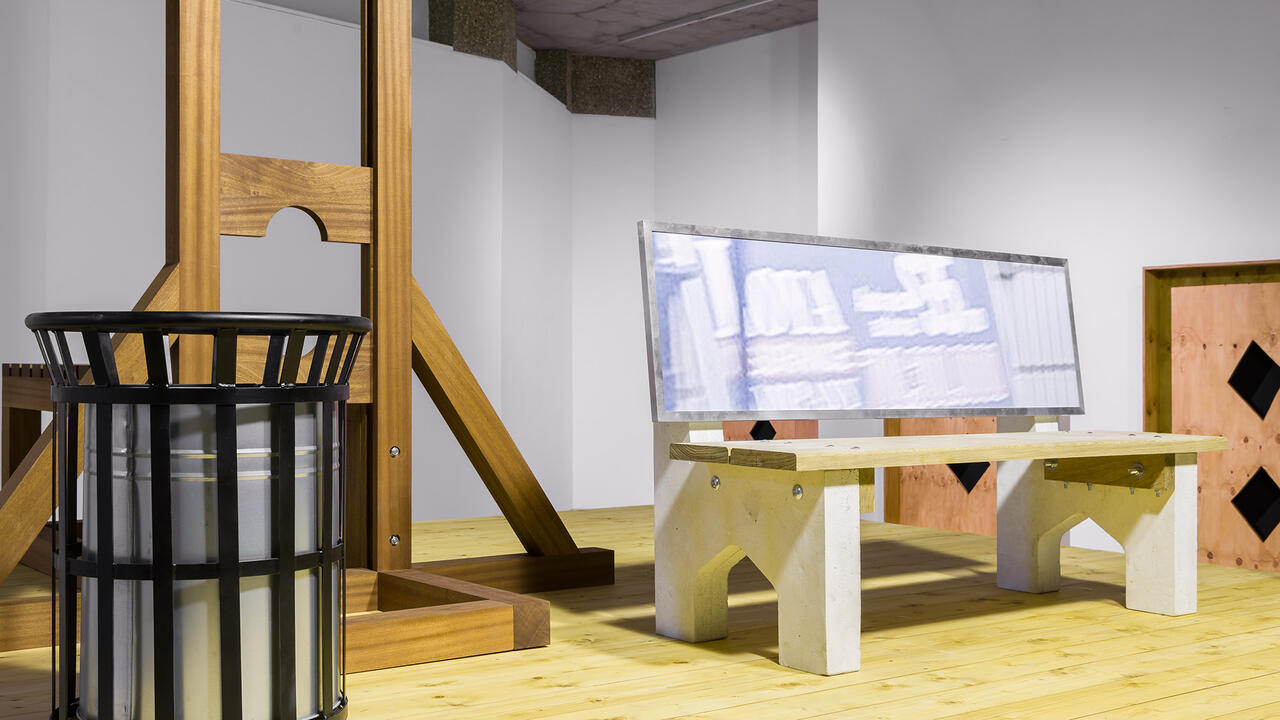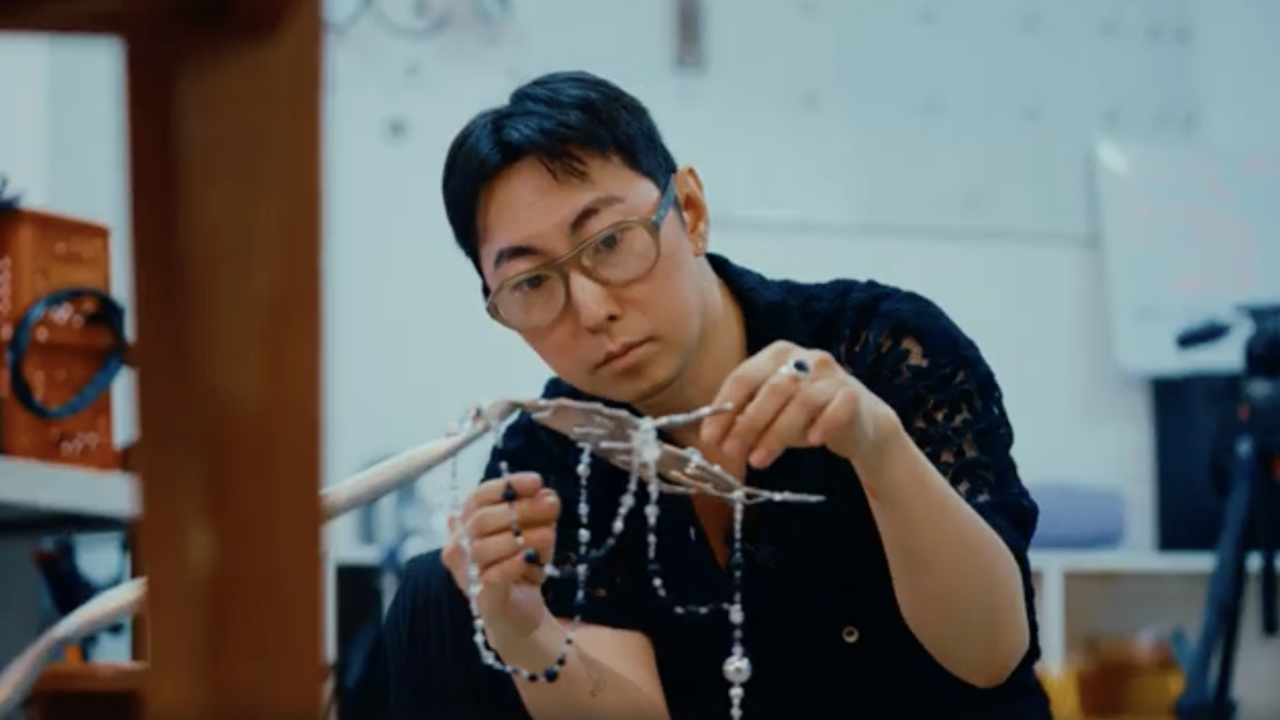James Benning
neugerriemschneider
neugerriemschneider

In his novel Mao II (1991), Don DeLillo writes that ‘what terrorists gain, novelists lose’. This crime/art nexus has deep roots in US culture. Truman Capote’s ‘non-fiction novel’ In Cold Blood (1965) embodied a trust that a detailed account of an actual crime could double as a great novel. In his films Landscape Suicide (1986) and Used Innocence (1989) the American artist/filmmaker James Benning took a similar documentary approach to a series of murders in Wisconsin, as though his earlier, empirical filmic studies of the US landscape must turn up violence, if they were thorough enough. In 2007, Benning embarked on a project, Two Cabins (2007–ongoing), which carried the connection between art and terror into a further dimension. Cabins – originally constructed in Massachusetts by Henry David Thoreau, the author of Walden (1854), and in Montana by the ‘Unabomber’ Ted Kaczynski, a convicted terrorist – were replicated on the grounds of a property owned by Benning in the Sierra Nevada mountains.
A thread running through US art and literature, from Jackson Pollock to Norman Mailer, characterizes the artist as an outlaw, a frontiersman. He (and it is usually a he) is beyond the law as well as the market, transcending the rule of commerce which his works will ultimately hold in thrall. Benning’s Two Cabins project conflates – via Thoreau’s peer Ralph Waldo Emerson – the themes of American self-reliance and the terrorist-as-artist-as-outlaw. Like Mailer’s late CIA novels, and the DeLillo of Libra (1988), Benning is attracted to manifestations of paranoia, as though they access a truth the documentary record conceals, or lacks the endurance to pursue. As William S. Burroughs remarked, paranoia is ‘knowing all the facts’.
Drawn onto the wall at neugerriemschneider was an enlargement of a gridded sheet of code numbers found in Kaczynski’s cabin. Benning’s transcription traces a correspondence between original code and its copy that Kaczynski’s original fails to reveal between sign and meaning. Both Benning and Kaczynski studied mathematics, so the correspondence is also between artist and subject. Transcription is identification: I copy, therefore I reflect. Eight of Benning’s copies of works by US ‘outsider’ artists hung in the same room, as copies of other works by the same artists were hung in his two cabins. Their verisimilitude is remarkable given that Benning has only taken up painting in the past decade. Signs of deterioration that time exacts on art – on its frames and and supports – are as expertly reproduced as the art itself.
The contrast between the myopic, imitative labour of Benning the copyist, and the sweeping connections he draws between disparate references – Thoreau and Kaczynski, and the autonomy of outlaw and artist – is perhaps the most striking feature of his Two Cabins project. Each of the paintings appropriates a different take on artistic solipsism, while they collectively testify to practices which defined themselves by their eccentricity, in the word’s literal sense of being ‘outside the centre’. From Henry Darger’s naked pubescent girls (After Darger, 2014), to Mose Tolliver’s monstrous child looming over a city skyline (After Tolliver, 2014), to Bill Traylor’s pipe-smoking minstrel in black-face (After Traylor, 2014), the spectrum of Benning’s ‘curated’ sequence claimed its works as signs for the artist as isolated authenticity, his truth commensurate with his not belonging. This is both a version of Emersonian self-reliance, and a perversion of it, because Emerson and Thoreau were not advocating isolation but independence.
Benning, however, is investigating the myth that, for an artist at least, autonomy is truth. Or rather it appears to be, for it is easy to forget that these works are immaculate copies of objects they bear witness to, praise, but cannot but fall short of. Their contextualization as part of a tradition of post-1960s appropriation art was confirmed by a series of photographs, hung in the office, of monographs on each of Benning’s ‘outsider’ artists. Their pages reproduce paintings surrounded by annotations and provenance lists which coerce them into conforming to a culture and market they are set on flouting. The photographs also affirm Benning’s place within a respectable and respected conceptual art tradition in contrast to artists who prided themselves on being – or simply could not help but be – exiled from any such tradition. His copies are therefore self-avowing inauthenticities haunted by an authenticity denied to them. Benning might be demonstrating that, in the context of a commercial art gallery, we can only realistically bear witness to relics of the culturally unaccommodated, uncontextualized life of the genuinely ‘self-reliant’ artist if it is at several degrees remove, through a thick layer of postmodern irony.













